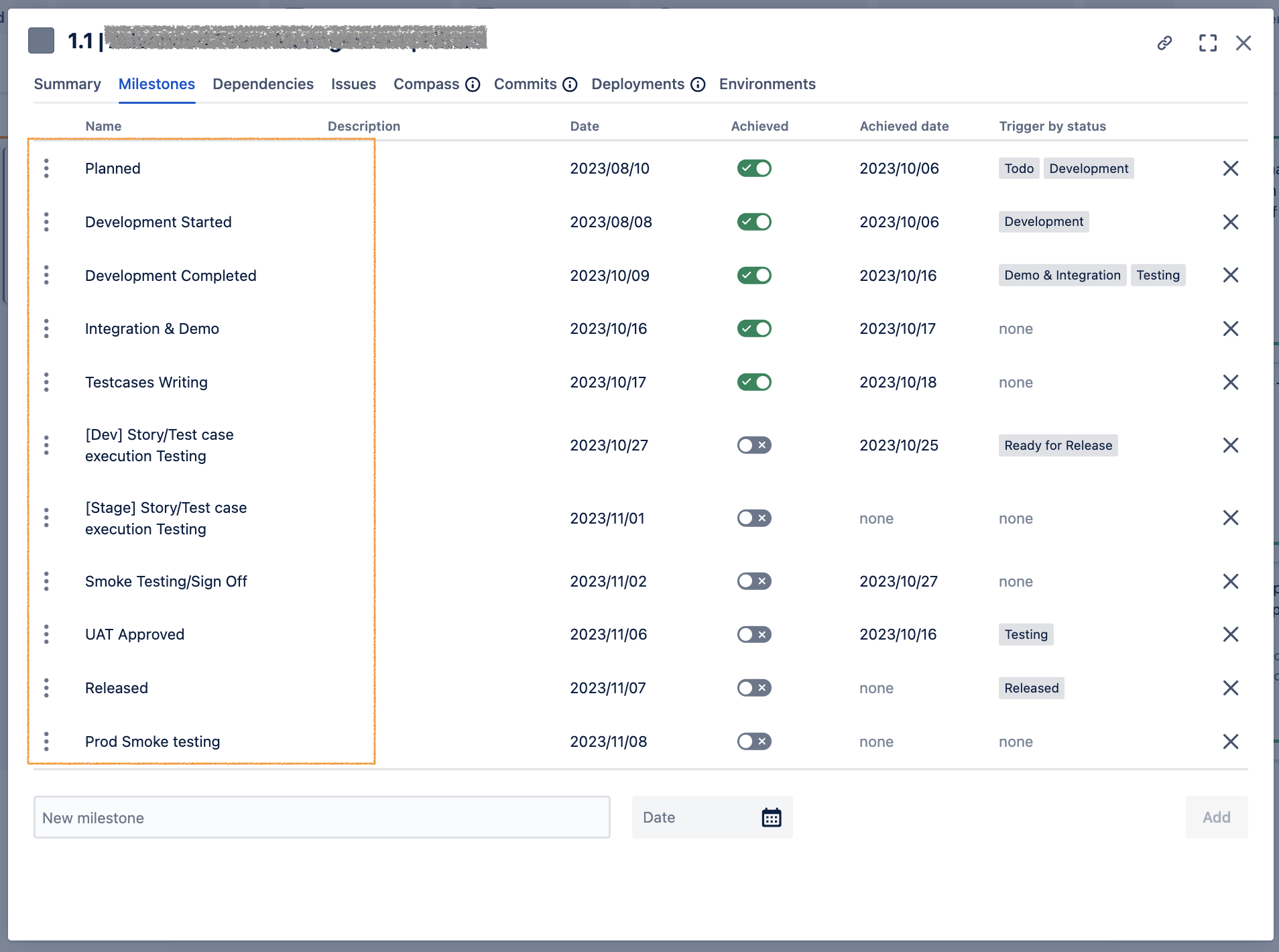Transforming Project Management: How These Techniques Boosted My Success

Project management is a complex art, and one often-overlooked key to success is effective follow-up. In this article, we’ll explore strategies to ensure your projects stay on track, including setting clear expectations, systematising your approach, building flexibility into deadlines, and evaluating results. By the end, you’ll be equipped to reduce stress, enhance collaboration, and lead your projects to success.
Here are essential techniques for effective follow-up that enhance your project completion rates and reduce your stress levels.
Recognising the Importance of Follow-Up
Before we dive into project management techniques, let’s address a common misconception. Some believe work should magically get done without any follow-up, finding accountability tedious. This mindset can hinder your progress. Think of it like this: when you receive a reminder to take follow up with fellow team member about an update/tasks or status, ignoring it because you feel it’s unimportant can lead to trouble.
It’s much better to take a break and consult with a team member at 2 pm rather than staying up until 2 am to complete the work.
The reality is simple: tasks with built-in accountability tend to be prioritised. Those without follow-up may face delays or even remain incomplete. In project management, acknowledging this truth early on helps you connect with your team effectively.
Setting Clear Expectations
Now, let’s consider a real-world scenario. Imagine you’re managing a project to develop new software, and you need someone to create a presentation for its release. If you only tell them the presentation date and content, they might think sending it on the morning of the talk is okay. But if you expected more involvement and earlier drafts, confusion can arise.
To avoid this, clearly outline your expectations in writing, including when you want updates and drafts. Without these guidelines, your team won’t know what you need to feel confident about the project’s progress. It’s not about micromanaging but providing clarity and reducing anxiety. For example, here’s how I make an effort to clarify my expectations to prevent any confusion.

Streamlining Follow-Up
To make follow-up easier, consider using tools like shared spreadsheets where you record project milestones. Team members can update these, and you can set regular review times on your calendar, whether once a week or daily, depending on the project’s urgency. During reviews, check the status and send reminders for overdue tasks.
You could also explore project management systems like Jira, Asana or Notion. These tools automate reminders and provide a clear overview of task progress. Meetings can be used too, although they’re more time-consuming. For example, this is how I break down any release into multiple milestones and maintain a high-level overview. A detailed breakdown is invaluable for identifying potential risks and addressing them proactively.

The choice of system isn’t as crucial as your commitment to using it and ensuring deliverables are recorded and you check in at agreed-upon times.
Allowing for Flexibility
Even when you have great systems in place, people may still occasionally miss deadlines. Instead of getting upset about it, it’s better to accept this and make your deadlines more flexible. For example, if you have a small task, ask for it to be done a day before you really need it. This way, you have time during your workday to review it before submitting.
For larger deliverables, ask for them well in advance of the final deadline to account for potential delays. This approach also allows for reviews and revisions. Setting deadlines ahead of time enables you to follow up before things go away and the project falls behind.
Evaluating and Communicating Results
When your team members do well, praise them. However, if issues and stress arise, step back and evaluate the situation. Ask yourself if you set clear expectations, had a follow-up system in place, and allowed for flexibility. Were the expectations realistic given the person’s workload?
If you see room for improvement, admit it to yourself and discuss it with your team if needed. If you’ve done your part and the issue lies elsewhere, address that too.
Remember, consistent follow-up is the key to smooth, efficient, and effective project management. Invest time upfront, and you’ll significantly reduce stress and improve your results.
Key Takeaways
Prioritise follow-up to ensure project success.
Clearly communicate expectations.
Use efficient tools for follow-up.
Embrace flexibility in deadlines.
Praise good performance and address issues.
Consistent follow-up leads to efficient project management.
Ready to give these techniques a try? I’d love to hear about your experiences! Please leave a comment and let us know how it goes. We’re eager to hear from you!


